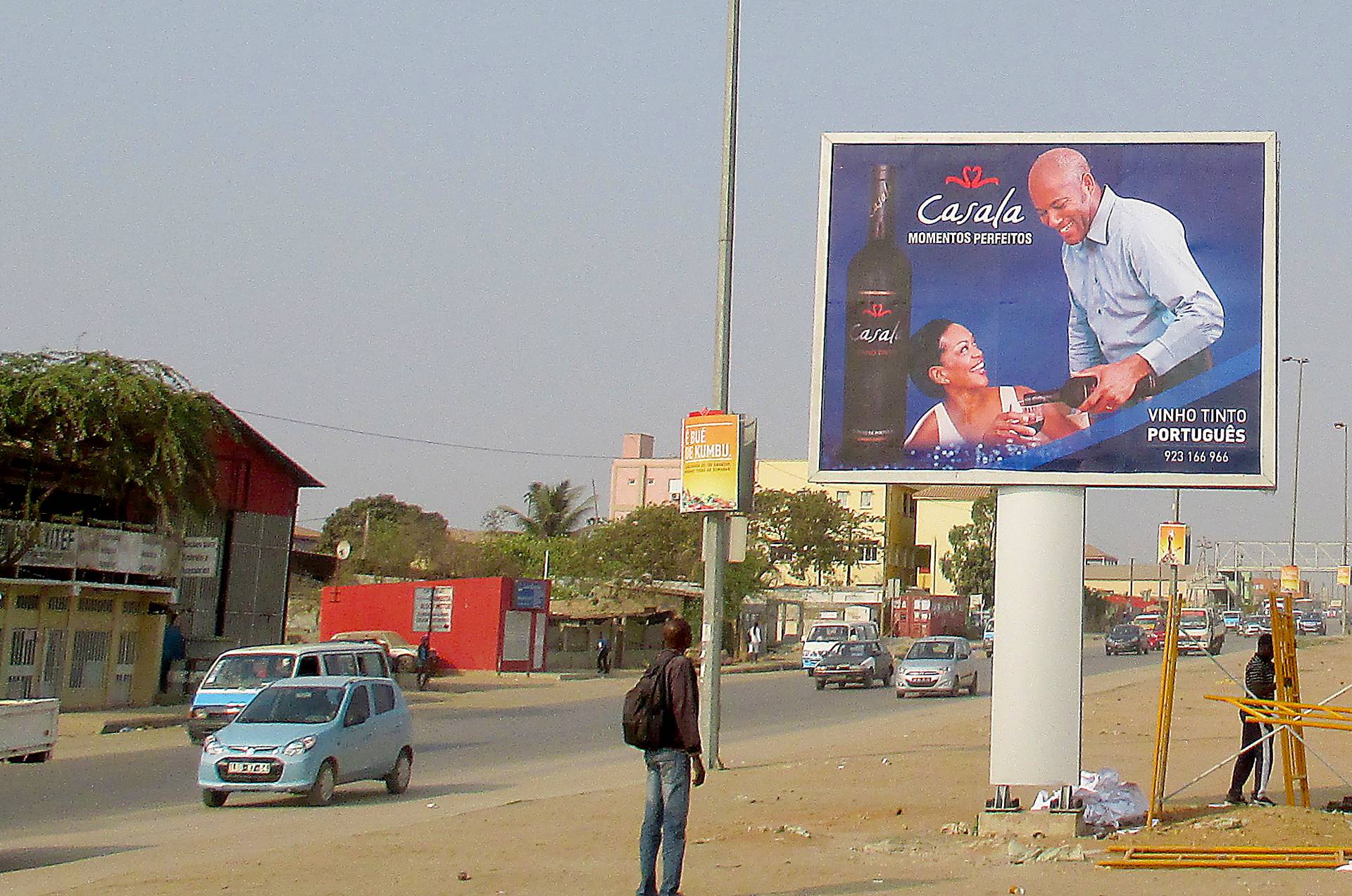Africa’s economic ascent, propelled by foreign investments, has breathed new life into its advertising landscape. This surge mirrors the continent’s population boom, yet the share of advertising budgets remains modest due to challenges linked to media accessibility and cultural diversity. Local agencies stand out for their close ties to diverse cultures, enabling them to craft more resonant advertisements. By celebrating African cultural heritage, advertisers strengthen the bond between populations and messages that were once overlooked in favor of Western narratives.
The rise of local languages in advertising campaigns is pivotal, aiding better comprehension among local audiences. Incorporating humor and vernacular languages underscores a genuine connection with consumers. Nonetheless, advertising dissemination in Africa grapples with obstacles, especially in rural areas plagued by infrastructural and media access deficiencies.
Navigating Africa’s religious tapestry requires advertisers to tread lightly, avoiding misinterpretations while occasionally spotlighting religious festivities. Moreover, specific regulations are emerging, such as Nigeria’s prohibition on featuring white individuals in advertisements, championing black identity and African progress.
Effectively diffusing advertisements across the continent demands a nuanced understanding of its cultural and linguistic mosaic, complicating efforts to craft pan-African campaigns. Despite strides in digital advertising, traditional media remains influential in Africa, albeit in a state of flux.
In sum, while global communication trends are reshaping advertising worldwide, Africa’s rich cultural tapestry ensures that a one-size-fits-all approach remains elusive. Instead, advertisers must navigate a dynamic landscape where tradition and innovation intersect, ensuring that messages resonate authentically with diverse audiences across the continent.



